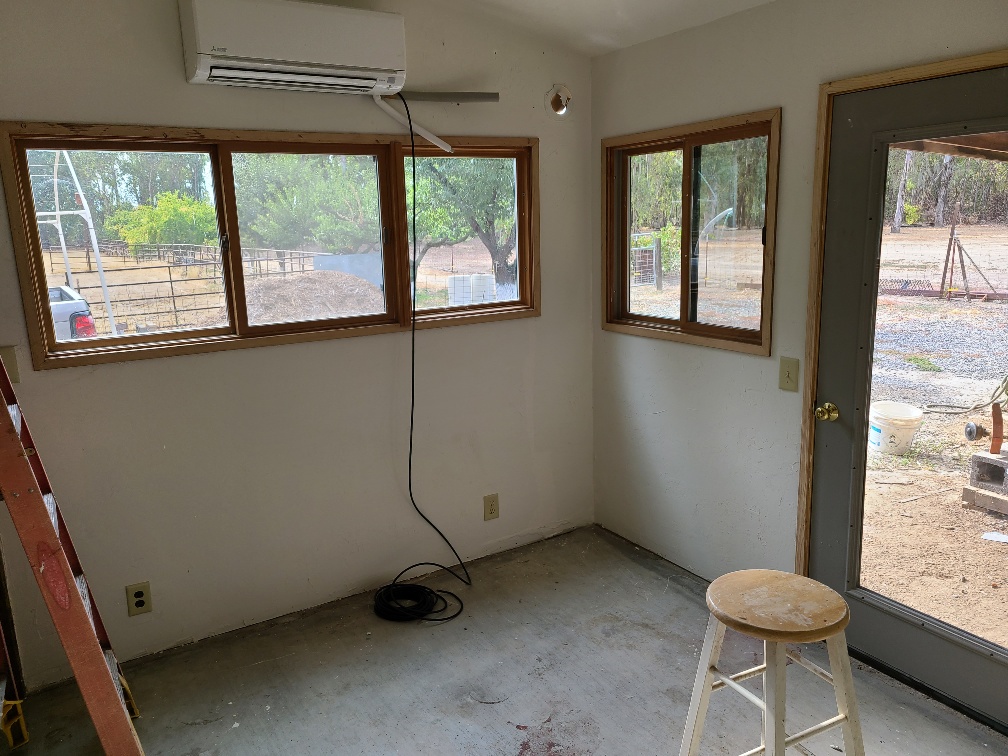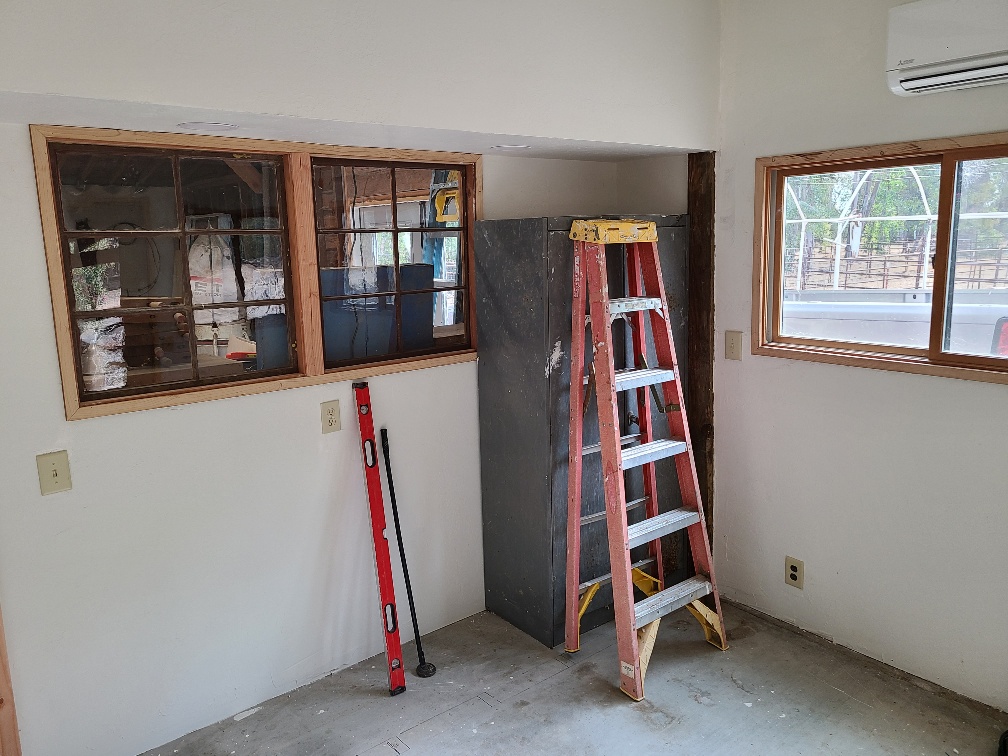I am hesitant to talk about covid again, but since it is apparently going to be around for awhile longer I will give it another shot. As a System Safety engineer, I have some pretty well developed ideas about topics such as “risk”, “acceptable risk”, “hazard” and things like that – and assumed that my points of view are pretty well in line with my colleagues in the system safety profession. Based upon some things I have recently heard and read by some of them, apparently I am not correct about that assumption. Last week I attended a three day System Safety conference where there were some discussions on this topic, and I see current Facebook posts by others that remind me how difficult this issue seems to be. Our differences seem to be wrapped up in an odd mixture of misunderstanding the science behind the problem, feelings about moral and ethical responsibilities that we have for each other, a desire to “get on with it”, and the proper boundaries of personal “freedom” in a large highly interdependent society like we have in the United States (and worldwide for that matter).
An issue that I came upon at the conference was a presentation concerning how covid is transmitted and how vaccines work. It was an excellent, and interesting, presentation until it came to the final conclusions. One of the final conclusions was along the lines of, “If a vaccine prevents the virus from entering human cells, then it is impossible for that person to create more viruses and therefore impossible to spread the disease to others. Therefore, it is impossible for a vaccinated person to create more viruses and become contagious.” The first part is fairly obviously true, and the second part is obviously false based upon current data. The vaccine does NOT prevent the virus from entering the cells (or maybe it doesn’t prevent the virus from entering all cells), and it does NOT prevent a person from catching it, or spreading it. ). The CDC, other health agencies, the daily news broadcasts, and personal discussions with others in the profession make this point over and over and over again. The vaccine is far from 100% effective in preventing infection, and far from 100% in preventing its spread. It is pretty good (around 95%) at preventing serious illness and death of the vaccinated person. The last number that I heard is that it is something like 53% effective in preventing infection and 0% effective at spreading the infection once infected. That’s pretty good, but certainly not nearly good enough to stop the pandemic on its own.
This last point that it is not good enough to stop the pandemic on its own is a critically important part of how we should be moving forward. I am not privy to the “inside” discussions on the topic, but it appears that the hope is to tamp down the symptoms for long enough for almost everyone to get it but not get too sick in the process – in the hopes that natural immunity will kick in to let us achieve something close to “herd immunity.” Maybe this is the approach, but whatever the plan is that seems to be the likely future.
There are two parts to the story of how we should move forward. One part is related to personal safety. Personal safety is enhanced by vaccinations because it greatly reduces the chances of getting really sick, or dying. This is good to a level of something like 95%. Masks are not very effective at providing personal safety because it is almost impossible to seal the mask to the face, letting large amounts of contaminated air past the mask. Anyone that has attempted to properly fit a mask according to OSHA or NFPA (National Fire Protection Agency) understands that while they are good at keeping out big chunks of stuff (dust masks), they don’t do much for smaller particles. A dust mask does not protect from exposure to vapors or gases. When aerosols are present (which is all of the time), distancing is effective, as is staying out of enclosed buildings where aerosols are likely to be present (stores, night clubs, restaurants and the like). Distancing in outdoor situations where there are breezes is probably pretty good. So, you can minimize infections to yourself by masking (to avoid breathing big gobs of gook), isolation and distancing, and you can minimize the severity of an infection with vaccinations.
Then there is the question of the safety of others. Vaccinations reduce the probability of infection if exposed by about 50%. That is pretty good – but certainly not complete. One of the possible issues is that since they have the potential to reduce symptoms without stopping the creation of virus particles, vaccinations have the likely outcome of creating more “stealth” spreaders. Therefore, it is important to implement actions to prevent spreading the virus to others even though being fully vaccinated. The same old protections apply as since the beginning of the pandemic, wearing masks, washing hands, distancing and avoiding in-door venues with others beyond your immediate “pod”.
Masks are very important to protect others when being around people because they are effective as stopping particles from being ejected toward another person. These particles can easily be ejected 6 to 10 feet just by talking, coughing, singing, breathing and more with a big sneeze. The particles can cause spreading because they can contain a very large number of viruses that can get inhaled directly by others, and by contaminating surfaces with moist, infected droplets. Masks are not particularly effective at stopping aerosols (aerosols are particles so small that they float with the air streams, not settling out due to gravity) when breathing in , therefore they are not very protective for the wearer. Billions of aerosol particles are release simply by breathing, and perhaps by evaporation off of the skin. These particles are quite small, but huge in comparison to the size of a virus – therefore they can contain a significant viral load. It is estimated that it takes a few hundred virus particles to cause infection, and that tens of thousands (or more) can easily be included on a single aerosol particle. However, while not being very good at breathing in, masks are fairly effective at stopping the these tiny particles when breathing out (protecting others).
A thing that is often not understood about aerosols is that they are FAST, and gain their speed by interactions with the air – not so much by the projection forces when expelled. Think about cigar smoke in a room. There is almost no projectile forces involved, but it doesn’t take very long to smell the cigar. This means that it didn’t take very long for the aerosols (the smoke) to get across the room. If you can smell the smoke (or anything else), you could have been exposed to a virus riding on an aerosol particle of a similar size. Aerosols travel at about 500 mph, generally in a complex path that quickly “fills” a very large space.
To prevent exposing others it is important to not become infected; it is important to wear a mask, wash your hands regularly, remain isolated as much as possible, get tested if you might have been exposed (to get treatment and fully quarantine yourself if you get infected), and get vaccinated.
For some unimaginable reason the issue of “freedom” seems to creep into the equation. l really don’t get it, but have come to some conclusions on the topic. The first is that personal freedom extends to those things that impact the safety of yourself – it does not extend to situations where your actions impact the safety of others. This idea has been deeply embedded in social rules, laws and regulations for thousands of years – it is not something new. The USA has hundreds (perhaps hundreds of thousands) of instances where laws have been created based upon this framework. In fact, it might be that almost the entire set of laws and social agreements is based upon the concept of “your freedom stops where my nose begins.” You are not free to shoot up a school, to speed through a residential district, to …. you get the picture. So, since we are clearly in a historically risky pandemic the idea of having the personal freedom to spread it is ludicrous. Of course you do NOT have, and should not, have the freedom to cause others to contract the disease and die. That isn’t freedom, it is murder.
However, you DO have the freedom to take the risks as long as you don’t impact others. I have become firmly convinced that this means staying totally away from situations where you might get infected and/or transmit the virus to others. That means an effective quarantine – either alone or in conjunction with a group of your choice – as long as the entire group remains quarantined. If a group wants to create a “bubble” and everyone is willing to stay within that bubble, that would not only be acceptable – it would be perfect and is likely to be the only way we get out of this problem. Have at it!!! However, this means that you have to stay in that bubble if you get sick – no side trips to the doctor or a hospital. If you want to go to a hospital, then that hospital has to be “inside” of your bubble. Otherwise, you have made your choice and society has no responsibility for your care.
So it is an easy choice in my mind – either do everything you can to work with all of society to control and eventually get past the pandemic , or take your own path. I am convinced that either approach is fine, but not both. This is a situation where you can’t have your cake and eat it to. Make a choice, that’s fine – but don’t make MY choice for me.

